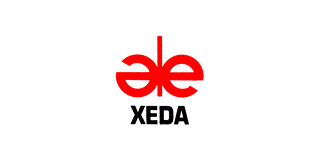

Xeda International
Packaging , Phytosanitaries
Hydrocooling - Hydroheating
Hydrocooling or hydrocooling allows the cooling of fruit and vegetables directly after harvesting. This technique is carried out by spraying or immersion of the fruit and vegetables in water at 0.5°C. Hydrocooling / hydroheating allows : - Reduce the maturity of the treated fruit and vegetables. - Prevent the development of certain diseases. There are three types of hydrocooling or hydrocoolers: - Submersion: first the fruit is rapidly immersed in moving and frozen water. The fruits move in the immersion tank and float to the surface. - Drenching or showering in a tunnel - Hydrocooling / hydroheating cabin: this technique was especially conceived for fruits and vegetables in paloxes and crates. The same machine can be used for thermotherapy, in particular for citrus fruit and peaches palletised in crates or paloxes, replacing the cooling system with a heating system using an external boiler. The water leaving the boiler will transfer its heat to the water thanks to the heat exchanger placed under the bottom of the picking bag. The hydrocooling process will become the hydroheating process and the advantages will be those of thermotherapy. XEDA, a specialist in both hydrocooling and thermotherapy, points out the following advantages of heat treatment: - Protection, albeit limited, of fruits exposed to hot water. - Possibility to reduce the concentration of the classical treatment product by two to three times. - Possibility of biological treatment with correct protection by combining hot water with biological treatment products.
Are you interested in this product?
Fill out the form and we will contact you as soon as possible










